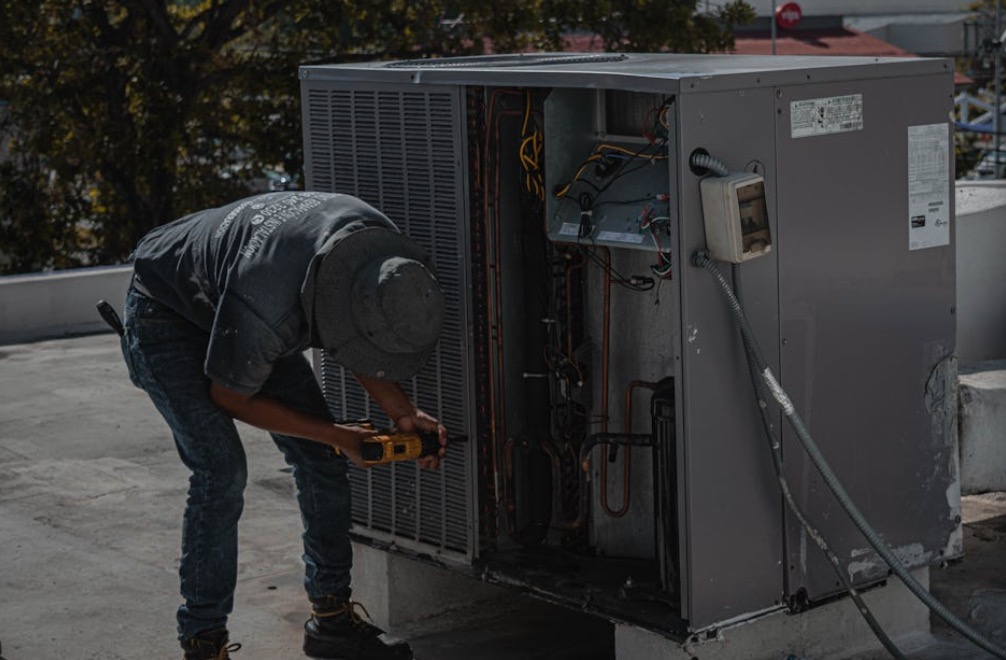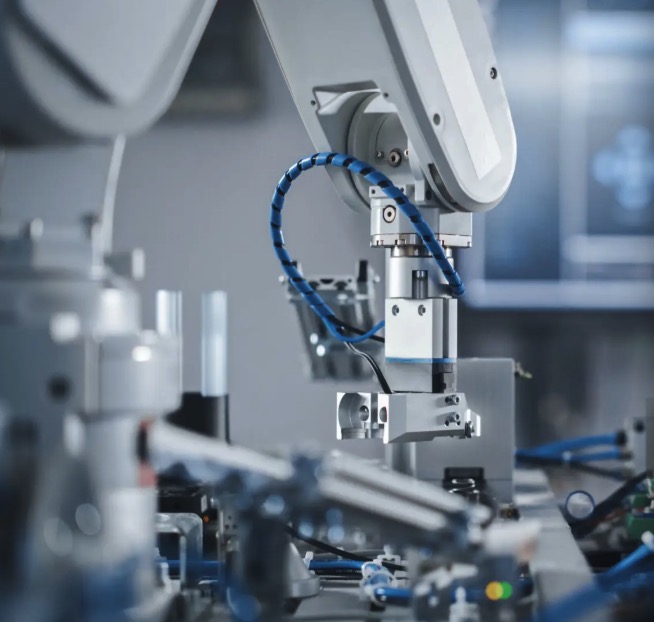Temperature and Humidity Controller with Sensor: The Ultimate Guide to Optimize Your HVAC System
Abstract:
As technology continues to advance, so does our ability to control the environment around us. One critical aspect of maintaining a comfortable atmosphere is regulating the temperature and humidity levels. This guide will explore the significance of a temperature and humidity controller with a sensor and provide practical tips on how to optimize your HVAC system for optimal performance. From understanding the basics to implementing advanced techniques, this article will equip you with the knowledge needed to create an ideal indoor environment.
Table of Contents:
1. Introduction
2. Understanding Temperature and Humidity Control
3. Benefits of a Temperature and Humidity Controller with Sensor
4. Factors Affecting Indoor Comfort
5. Selecting the Right Temperature and Humidity Controller
6. Installation and Calibration Guide
7. Optimizing Your HVAC System
7.1 Efficient Airflow Management
7.2 Proper Insulation Techniques
7.3 Regular Maintenance Practices
7.4 Utilizing Smart Technology
7.5 Energy-Saving Tips
8. Troubleshooting Common Issues
8.1 Inconsistent Temperature or Humidity Readings
8.2 Sensor Malfunctioning
8.3 Incorrect Settings
9. Conclusion
1. Introduction:
Maintaining a comfortable indoor environment is essential for both residential and commercial spaces. One key factor that significantly contributes to comfort levels is precise temperature and humidity control. In this guide, we will delve into the world of temperature and humidity controllers with sensors and explore how they can enhance your HVAC system’s performance.
2. Understanding Temperature and Humidity Control:
Before delving into the benefits and optimization techniques, it is crucial to understand the fundamentals of temperature and humidity control. Temperature control involves regulating the thermal energy levels in a given space, while humidity control focuses on managing the amount of moisture present in the air.
3. Benefits of a Temperature and Humidity Controller with Sensor:
Investing in a temperature and humidity controller with a sensor comes with numerous advantages. These devices offer precise monitoring and control capabilities, ensuring that your indoor environment remains comfortable and healthy. Additionally, they enable energy efficiency, which can lead to cost savings over time.
4. Factors Affecting Indoor Comfort:
To optimize your HVAC system’s performance, it is essential to consider the various factors that influence indoor comfort. These include insulation levels, air quality, ventilation, and the positioning of the temperature and humidity sensors.
5. Selecting the Right Temperature and Humidity Controller:
Choosing the appropriate temperature and humidity controller for your specific needs requires careful consideration. Factors such as control accuracy, user interface, compatibility, and additional features should all be taken into account during the selection process.
6. Installation and Calibration Guide:
Installing and calibrating your temperature and humidity controller correctly is crucial to ensure accurate readings and optimal performance. This section will provide step-by-step instructions to guide you through the installation and calibration process.
7. Optimizing Your HVAC System:
Now that your temperature and humidity controller is in place, it’s time to optimize your HVAC system for maximum efficiency. This section will explore key strategies, including efficient airflow management, proper insulation techniques, regular maintenance practices, utilizing smart technology, and implementing energy-saving tips.
7.1 Efficient Airflow Management:
Maintaining proper airflow throughout your space is essential for effective temperature and humidity control. This subsection will provide insights into optimizing air vents, ductwork, and air filters to enhance airflow efficiency.
7.2 Proper Insulation Techniques:
Insulation plays a vital role in maintaining consistent temperature and humidity levels. Here, we will explore different insulation materials, insulation thickness recommendations, and the importance of sealing any gaps or leaks in your building envelope.
7.3 Regular Maintenance Practices:
Consistent maintenance is key to keeping your HVAC system running smoothly. This subsection will outline essential maintenance tasks, including filter replacement, coil cleaning, and system inspections.
7.4 Utilizing Smart Technology:
Harnessing the power of smart technology can elevate your temperature and humidity control capabilities. We will discuss programmable thermostats, remote monitoring apps, and other intelligent features that enable you to optimize your indoor environment effortlessly.
7.5 Energy-Saving Tips:
Reducing energy consumption not only benefits the environment but also saves you money. In this section, we will provide practical tips on maximizing energy efficiency, such as using setback temperatures, scheduling maintenance, and adopting energy-efficient equipment.
8. Troubleshooting Common Issues:
Even with a well-optimized HVAC system, occasional issues may arise. This section will address common problems, including inconsistent temperature or humidity readings, sensor malfunctioning, and incorrect settings. Troubleshooting techniques and solutions will be provided to help you overcome these challenges.
8.1 Inconsistent Temperature or Humidity Readings:
8.2 Sensor Malfunctioning:
8.3 Incorrect Settings:
9. Conclusion:
Maintaining the ideal temperature and humidity levels in your indoor environment is crucial for comfort and well-being. By investing in a temperature and humidity controller with a sensor and implementing the optimization techniques discussed in this guide, you can create a space that promotes productivity, health, and overall satisfaction. Take control of your HVAC system today and enjoy the benefits of a perfectly balanced indoor atmosphere.

How to Choose Between PT100, Thermocouple, and NTC Sensors
When it comes to measuring temperature in various applications, selecting the right sensor is critical for achieving precision, reliability, and efficiency. Among the most popular options are PT100 sensors, thermocouples



